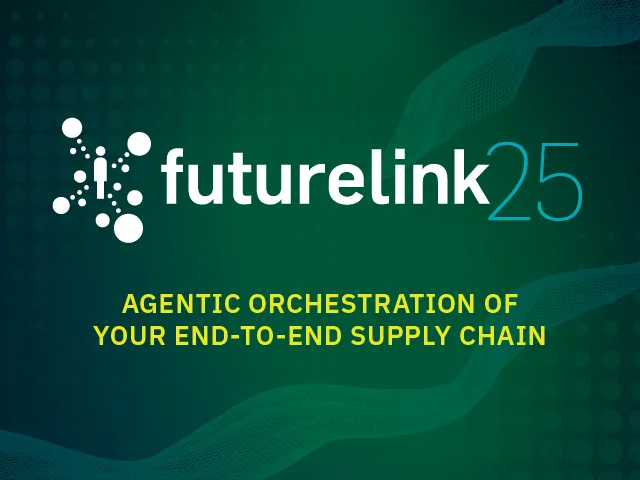Table of contents

End-to-end supply chains depend on dozens of partners, systems, and formats—but most organizations are still juggling separate portals, custom integrations, and data transformations for every relationship. TraceLink MINT replaces that complexity with a single, scalable way to exchange supply chain transactions in any format across every partner. With multi-modal interoperability, each partner can work the way they prefer while sharing the same real-time transaction data.
In this short demo, you’ll see how TraceLink OPUS and MINT enable a manufacturer and its contract partner to exchange a forecast plan using different systems and formats—without custom development, manual translations, or portal logins. With the “Integrate Once, Interoperate with Everyone™” capability, one inbound transaction can flow across your network in the format each partner requires, creating a shared, consistent view of every step.
In this demo, you’ll see how TraceLink MINT delivers:
Multi-modal interoperability that lets partners transact through formats like EDI X12, SAP IDocs, APIs, SFTP, and more, or directly in the MINT user interface.
A single inbound integration that can transform and deliver transactions to every partner in their preferred format.
A shared view of supply chain transactions that lets both parties see the same canonical data, inbound details, outbound transforms, and processing status.
End-to-end transaction support that scales across suppliers, CMOs, 3PLs, distributors, dispensers, and brand owners.
Watch the demo now to see how TraceLink MINT simplifies integrations, accelerates partner onboarding, and powers end-to-end supply chain transactions through multi-modal interoperability across every partner.





